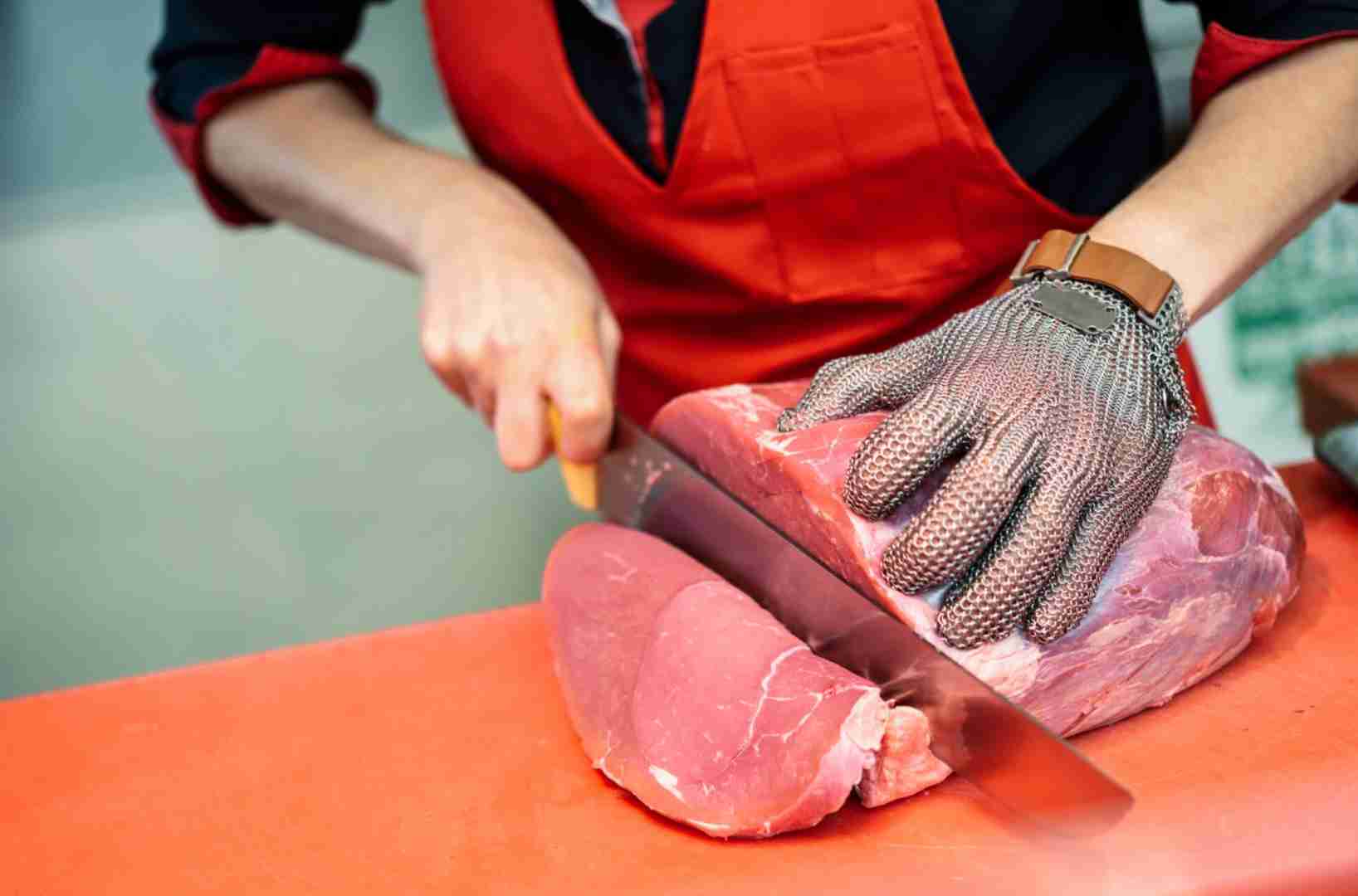Operating a traditional butcher shop in today’s world of supermarkets and online grocery delivery requires skill, passion, and business savvy. However, for those willing to put in the hard work, a local butcher can thrive by providing personalised service and quality meats that the big retailers can’t match. This article provides tips on how to master the art of butchery and run a successful butcher shop in the UK.
Choosing a Prime Location
One of the most important decisions when starting a butcher shop is location. Look for sites near affluent towns full of discerning customers who care about sourcing high-quality, local meats. Being situated in a bustling shopping area with plenty of parking and foot traffic is ideal. Your shop should be clean and welcoming and have an old-world, traditional feel. This creates an enjoyable shopping experience and builds customer loyalty.
Sourcing Top-Quality Meats
The foundation of any good butcher shop is access to exceptional meats. Build relationships with free-range, grass-fed cattle farms and ethical poultry suppliers in your area. Get to know their processes and standards for humane animal treatment. This allows you to provide customers with full transparency about where their meat comes from. Seek out rare, heritage-bred animals to offer unique cuts. Paying a premium for meat from the best producers means your butcher shop will stand out.
Investing in Professional Equipment
Running an efficient butcher shop requires having the right professional equipment. Here are some key investments to make:
- Butcher Hooks and Meat Hooks – Outfit your cutting room with sturdy stainless steel butcher hooks for hanging and breaking down large cuts of meat. Meat hooks should be installed on ceiling rails to efficiently move and store carcasses. Butcher hooks allow clear access when fabricating the carcass into primal and subprimal cuts. High-quality butcher hooks and meat hooks will provide years of reliable service.
- Bandsaws and Grinders – Commercial grade bandsaws with sharp blades are essential for safely and precisely cutting meat to customer specifications. Electric meat grinders are a must for making fresh sausages and burgers as well as chopped meat. Look for heavy-duty grinders with powerful motors and metal gears that will not break under frequent use.
- Display Cases – Invest in refrigerated display cases with high visibility to showcase your selection of fresh cuts and artisanal sausages. Tempered glass cases maintain proper temperatures while allowing customers to visually inspect your meats. Displaying speciality items like aged steaks and seasoned roasts will drive impulse purchases.
Mastering the Butcher’s Craft
Success lies in the details, so dedicate yourself to perfecting the butcher’s art. Work directly under an experienced butcher to learn proper knife skills, seam cutting, ageing techniques and more. Understand each cut of meat intimately, including its characteristics, optimal cooking methods, and proper uses. Educate staff so they can share butcher’s tips with customers and answer any questions. Most importantly, take pride in your work – it will show in the quality.
Running a top-notch butcher shop requires creativity, skill, and passion. Focus on sourcing excellent meats, investing in quality equipment, and mastering the art of butchery. By following these best practices, your butcher shop is sure to thrive for years to come.






